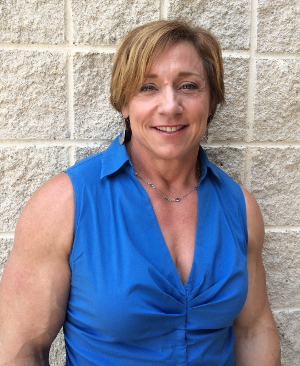Leica Geosystems pinpoints cloud to handle satellite data

Leica Geosystems is an Atlanta-based company that designs products and services to capture, analyse, and present spatial information for industries like engineering, surveying, agriculture, and construction.

In 2010, the company launched SmartNet, a global navigation satellite system tool. SmartNet's initial brief was to use Leica Geosystems' infrastructure and software and build a network of GPS receivers throughout North America. The data they generated would be streamed back to central servers, and accessed by users in real time on a subscription basis.
Initially IT used a small bank of Leica Geosystems servers to see how it would be able to host and stream data, a home it soon grew out of. An initial move to a Rhode Island facility helped with capacity, but it wasn't ideal. Director of reference station operations Wendy Watson and product manager Tyler Collier knew they needed equipment that was available 24x7.
"IT staff weren't always available because they worked from nine to five," Watson explains. "We also had expansion challenges because every time we needed to purchase new servers or software we had to put in a fixed asset request which slowed the process down."
SmartNet's needs made outsourced infrastructure something of a natural progression.
"As we grew, we had to be able to make a phone call and access more servers when we needed," Watson says. "We also wanted to stay current without making big investments in hardware that would become old and obsolete before it was completely depreciated."
Not only that, the SmartNet team knew if the network did go down, staff needed access to someone at the host to fix the problem — a key requirement that simply wasn't available at the corporate office.
Watson and Collier decided on cloud provider iland. "We looked at the technology behind iland, as well as our comfort level in speaking with the iland staff," Watson says. "Another provider cost slightly less but their overall solution wasn't as complete for our requirements."
Today, Leica Geosystems uses a virtual machine environment that hosts approximately 60 servers and processes data streamed from 600 real-time sites spread across North America. The information is then re-provisioned as precision GPS data for use in customers' applications across industry sectors.
Faced with the requirement of making SmartNet latency intolerant, Watson's team had some figuring out to do when it came to server and resource configurations and allocations. But the cloud has made doing so easier and the SmartNet business has grown by over 300 percent.
"One of the key benefits is the ability to scale as needed," she says. "We no longer face the bottlenecks and performance issues incurred by having to spool up, configure, and rework a new server like we did in a traditional environment. Now we can simply add or reallocate resources based on bandwidth and the needs of our customers."